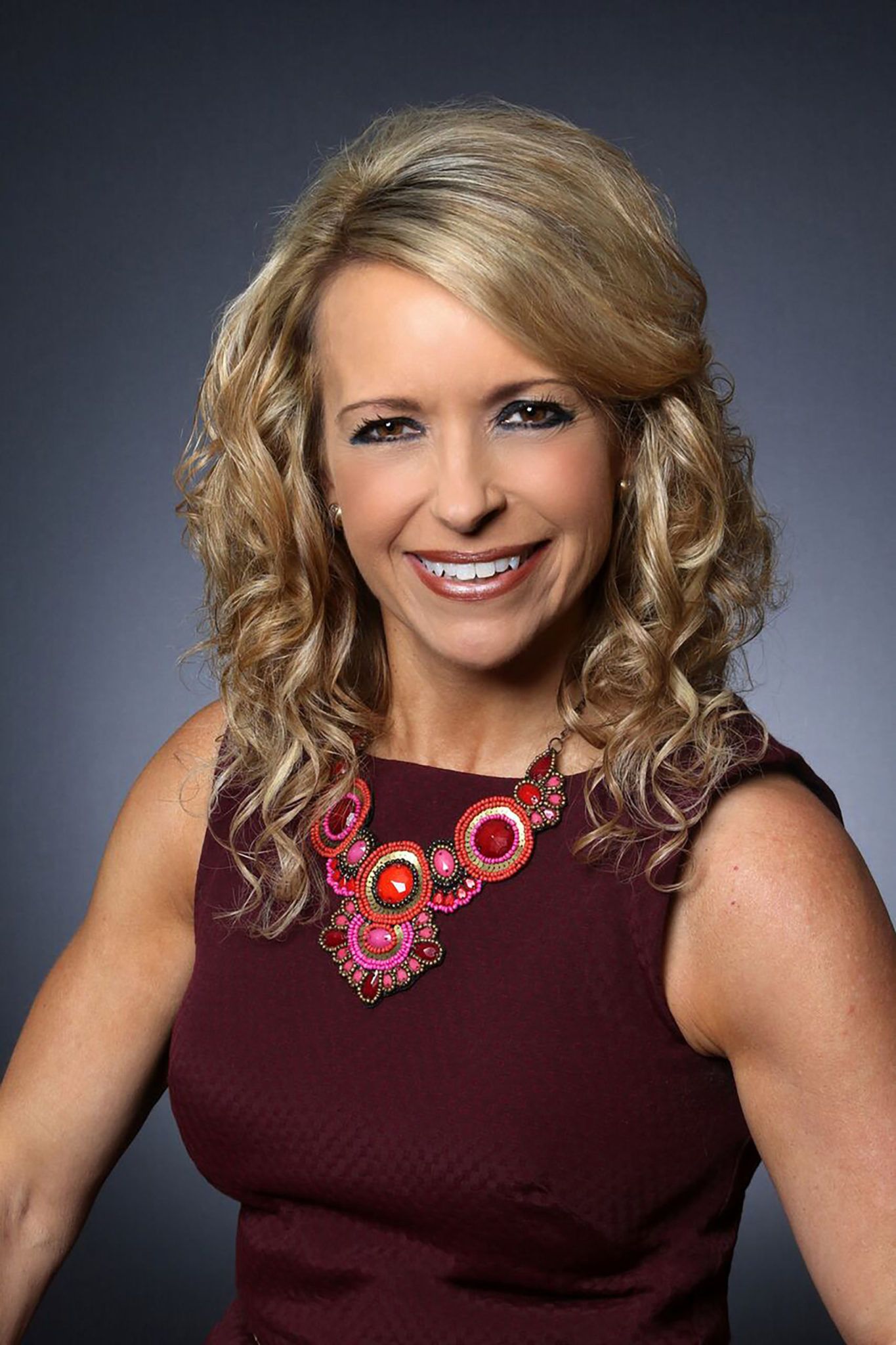Over time there have been various methodologies for communication, exposure and promotion of ideas, including newspapers, magazines, radio, television and more.
Today, with “live” videos and broadcasts growing, podcasts have found their place in our dynamic for nurturing interests, inspiring change and even connecting people across topics and through concepts.
There are some ins and outs for creating a respectful, engaging podcast that can change a listener’s day, if not their life, from the perspective of bringing concepts to the forefront that can positively affect others similarly or, if you dare, differently!
With the collaboration of my podcast partner, Barb Zant, we humbly share our ideas based on our year of developing, recording, tweaking and sharing our “The Business of Life Master Class Podcast” where we deliver 18-minute-or-less shows with superstars who answer our questions.
1: Select a topic you can consistently talk about—and one, most important, your target audience will find continually interesting. Once you know your focus, choose a title. You will want to check and make sure the title isn’t already taken and think about how it will sound on-air.
2: Write a complete description of your podcast purpose and proposed expectations. This is much like a business plan for podcasting. It’s a guide. Stick to it for the integrity of design and intent.
3: Establish social media pages. This will be important for sharing your episodes and asking guests to share as well. Tease the guest and shows on social media well in advance. Imagine what your cover pages will look like. Select a picture, logo or artwork for the podcast directories. This is what people will first see in the directories. This is also what they will see in their podcast feed.
4: Decide on a length. Will you have guests? How many episodes do you want to publish weekly? Do you want music? Will you edit and record full episodes? Don’t worry about making mistakes. We never stop during recording. Quick edits can fix noise errors.
5: Choose a podcast hosting platform. Our favorite is Buzzsprout. After you upload the file, it is intuitive to use and publish to all directories. Some popular sources take a bit of tweaking. Still, it is imperative you’re on all the channels people use.
6: Get confident with how you are going to record your podcast. Choose your software. We use Audacity. This is user-friendly for us and is an automatic download to Dropbox. Audio is one of the most important things to get right. Will you use one microphone or three? You can purchase a full audio kit. We kept with just speakers for ease of use. In a similar vein, test your equipment. Practice, but do not wait for perfect. You will get more comfortable over time.
7: Figure out where you will record your episodes. This is something we didn’t hear much about when we were starting out and we made some mistakes. We recorded in areas with background noise or in large spaces that created an echo. We now record in small spaces, sometimes a closet, a car, or small office. Be careful of wood flooring or windows for noise. Having an excellent audio engineer is wonderfully collaborative. Ours is Brianna Connolly and, without her, our confidence would not be as high. She has taught us a ton.
8: Batch the content. Record several episodes at one sitting so listeners can binge if they like what they hear. While you may be excited to share, publishing one episode won’t “do it” for podcasting. This is especially important for iTunes, as they will want to approve your episodes before publishing it. It does take a few weeks on the front end and batching will assist in the flow. Once you batch, the calendar releases so the audience can become in tune with the releases.
9: Congratulations, you are ready to publish. Now promote, promote, promote. You will want to use your network. Ask for listeners. Upload your show to people’s phones when they ask about it. Get likes. Promote downloading, which is different than simply listening. Accept feedback. Build an audience over time. Then, be true to your audience and show for reliability, predictability and audience engagement and appreciation.
Even though something may come along to outpace podcasts, right now, they are replacing or supplementing radio and TV for many. It’s likely you either do or now will, download a podcast, perhaps even ours, for your commute. If you’d like to have others hearing you, please use our steps for contributing to your broadcast success.
Debbie Lundberg is a certified life coach, certified leadership coach and certified image consultant who speaks, facilitates, trains and coaches throughout the country. She is author of Presenting Powerfully, serves as an honorary commander at MacDill Air Force Base and is a board member for the South Tampa Chamber of Commerce. Learn more at debbielundberg.com.













